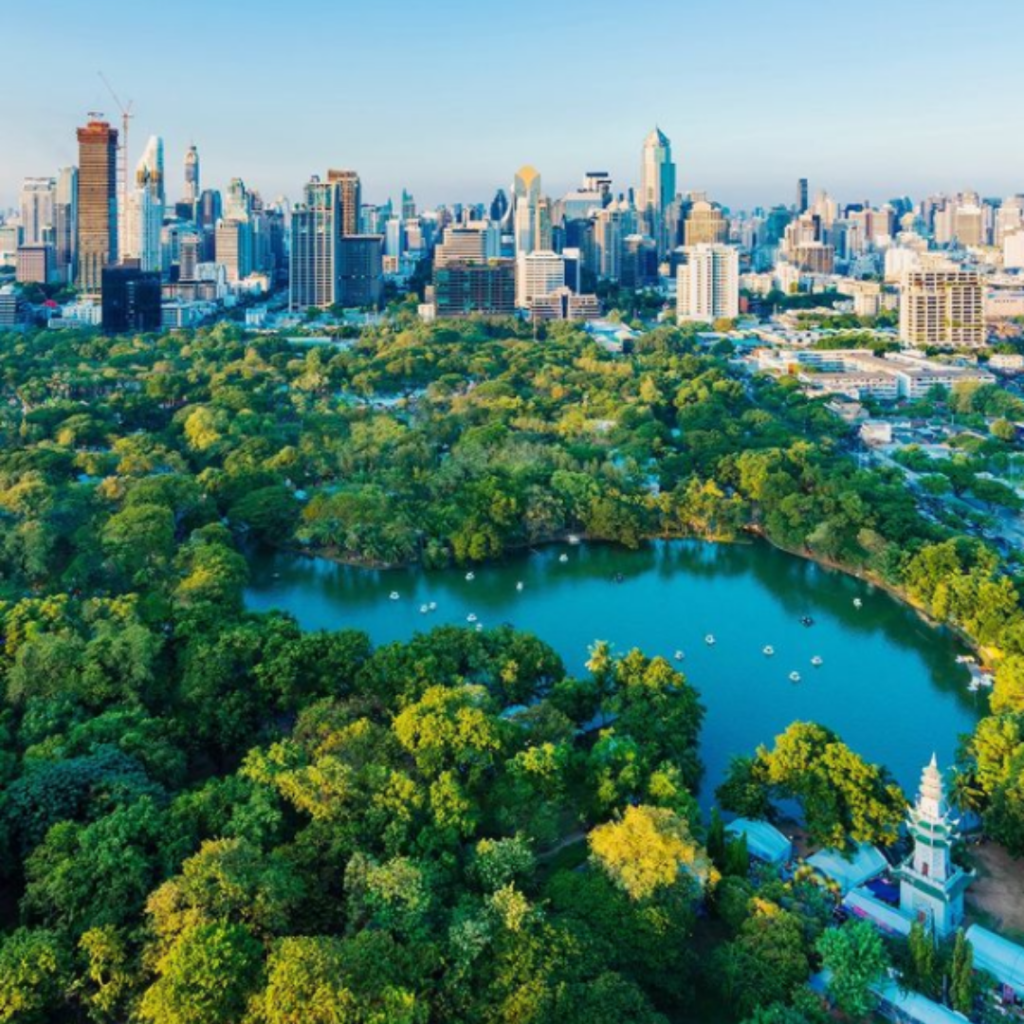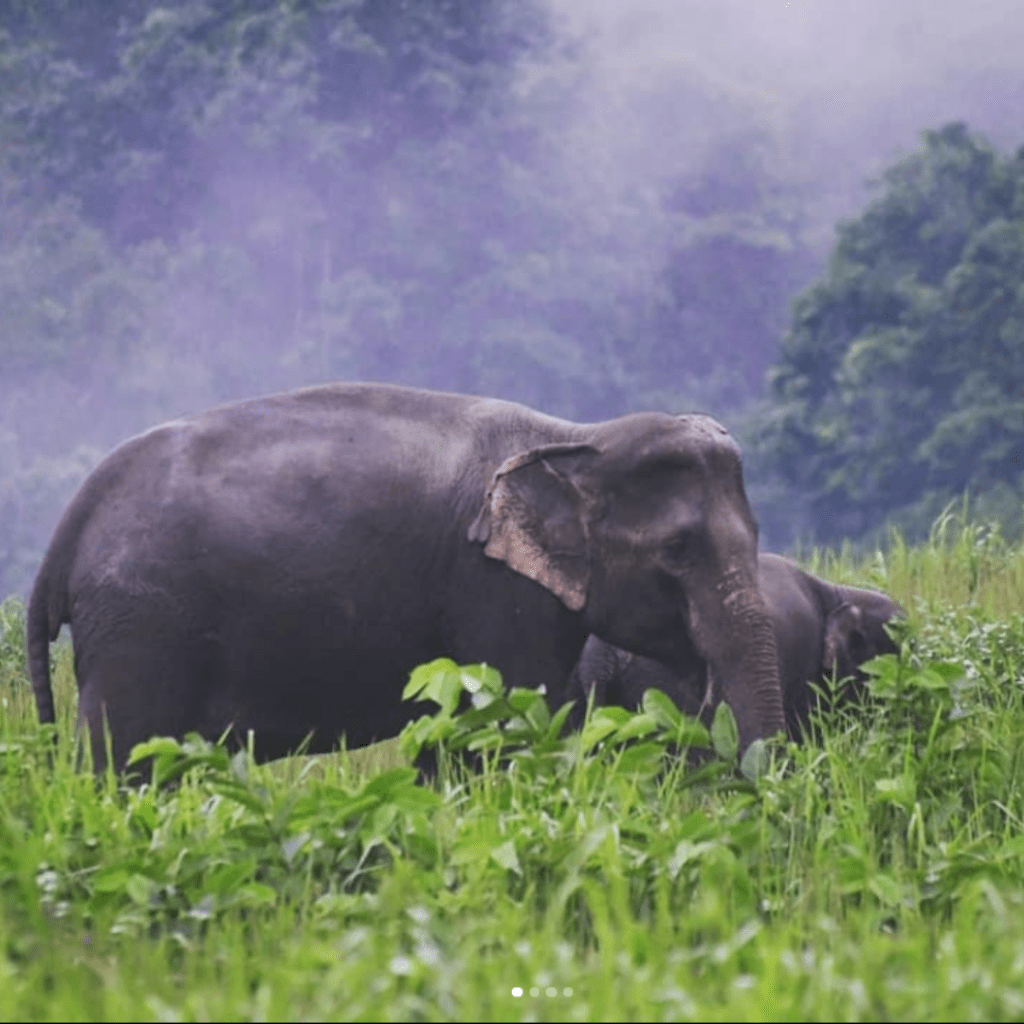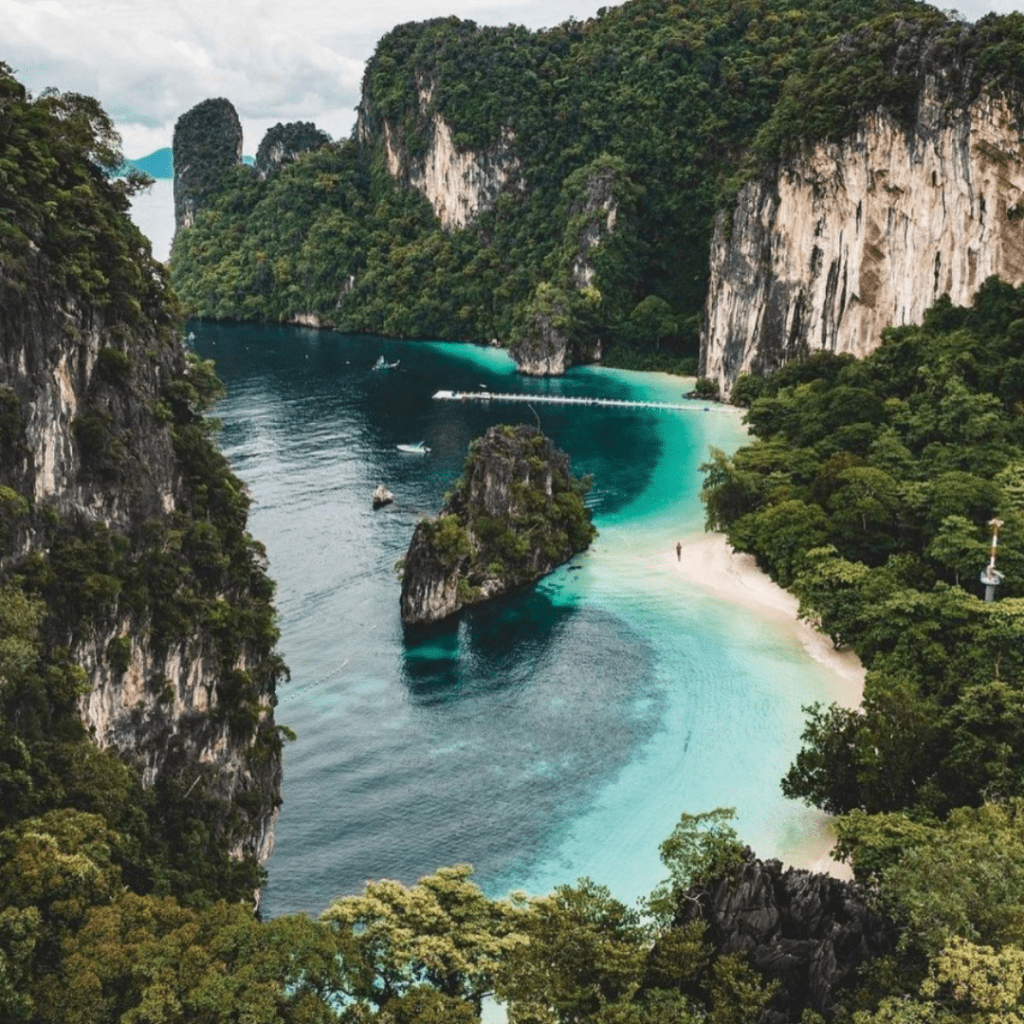Thailand has reopened to vaccinated tourists from 63 countries this week, as officials significantly ease border restrictions.
The Thai government has approved (almost) quarantine-free entry to tourists from 63 countries ahead of its peak tourism season under the so-called Test-and-Go tourism plan. The new plan requires fully vaccinated arrivals to have COVID-19 insurance cover of at least US$50,000 (£36,600), and present proof of a negative COVID-19 PCR test before they depart for Thailand.
Welcome to Thailand!
It’s hard to summarize the diversity of travel to Thailand. Its capital, Bangkok, is a teeming metropolis with gilded temples and palaces, while the two coastlines, on the Andaman Sea and the Gulf of Thailand, have postcard-perfect beaches. In the mountainous interior, hill tribes live as they have for millennia. And wherever you travel in Thailand, there’s the food: fresh seafood, countless curries, and noodle dishes so delicious you’ll never want to return to your local Thai take-out.
Best time to visit Thailand
The weather in Thailand is split into three seasons: rainy (roughly May–Oct) cool (Nov–Feb) and hot (March–May).
The rains usually builds momentum between June and August, hitting its peak in September and October. The cool season is when travelling in Thailand is most pleasant, though temperatures can still reach a sticky 30°C. In the hot season, you’re best of hitting the beach.
The best time to go to Thailand is the cool season: more manageable temperatures and less rain, it offers waterfalls in full spate and the best of the upland flowers in bloom. Bear in mind, however, that it’s also the busiest season.
Where to go in Thailand

Bangkok
The clash of tradition and modernity is most intense in Bangkok, which forms the first stop on almost any itinerary. Within its historic core you’ll find resplendent temples, canalside markets and the opulent indulgence of the eighteenth-century Grand Palace. Downtown’s forest of skyscrapers shelters cutting-edge fashion in decor boutiques and some achingly hip bars and clubs.
Most budget travellers head for the Banglamphu district, where if you’re not careful you could end up watching DVDs all day long and selling your shoes when you run out of money. The district is far from having a monopoly on Bangkok accommodation, but it does have the advantage of being just a short walk from the major sights in the Ratanakosin area:
- Grand Palace and Wat Phra Kaeo
- Wat Pho
- National Museum

Chiang Mai
If you’re wondering where to visit in the northern uplands, then start with Chiang Mai. It’s both an attractive historic city and a vibrant cultural centre, with a strong tradition of arts, crafts and festivals.
Self-improvement courses are a strong suit – from ascetic meditation to Thai cookery classes – while the overriding enticement of the surrounding region is the prospect of trekking through villages inhabited by a richly mixed population of tribal peoples.
Plenty of outdoor activities and courses, as well as hot springs and massages, can be enjoyed at Pai, a surprisingly cosmopolitan hill station for travellers, four hours northwest of Chiang Mai.
Many colourful festivals attract throngs of visitors here too: Chiang Mai is one of the most popular places in Thailand to see in the Thai New Year – Songkhran – in mid-April, and to celebrate Loy Krathong at the full moon in November, when thousands of candles are floated down the Ping River in lotus-leaf boats.

Samui archipelago
The pick of the coasts are in the south, where the Samui archipelago off the Gulf coast ranks as one of the best places to go in Thailand. Ko Samui itself has the most sweeping white-sand beaches, and the greatest variety of accommodation and facilities to go with them.
Ko Pha Ngan next door is still largely backpacker territory, where you have a stark choice between desolate coves and Hat Rin, Thailand’s party capital. The remotest island, rocky Ko Tao, is acquiring increasing sophistication as Southeast Asia’s largest dive-training centre.
Tucked away beneath the islands, Nakhon Si Thammarat, the cultural capital of the south, is well worth a short detour from the main routes through the centre of the peninsula – it’s a sophisticated city of grand old temples, delicious cuisine and distinctive handicrafts.

Central plains
With Chiang Mai and the north so firmly planted on the independent tourist trail, the intervening central plains tend to get short shrift. Yet there is rewarding trekking around Umphang, near the Burmese border, and the elegant ruins of former capitals Ayutthaya and Sukhothai embody a glorious artistic heritage, displaying Thailand’s distinctive ability to absorb influences from quite different cultures.
Even if you’re just passing through, you can’t miss the star attraction of Nakhon Pathom: the enormous stupa Phra Pathom Chedi dominates the skyline.
To get an idea of what shopping in Bangkok used to be like before all the canals were tarmacked over, many people take an early-morning trip to the floating market (talat khlong) at Damnoen Saduak. Sixty kilometres south of Nakhon Pathom and just over a hundred kilometres from Bangkok.

The Andaman Coast
Across on the other side of the peninsula, the Andaman coast offers even more exhilarating scenery and the finest coral reefs in the country, in particular around the Ko Similan island chain, which ranks among the best dive sites in the world.
The largest Andaman coast island, Phuket, is one of Thailand’s top tourist destinations and graced with a dozen fine beaches, though several have been overdeveloped with a glut of high-rises and tacky nightlife.
Beautiful little Ko Phi Phi is a major party hub, surrounded by the turquoise seas and dramatic limestone cliffs that characterize the coastline throughout Krabi province. Large, forested Ko Lanta is, for the moment at least, a calmer alternative for families, but for genuine jungle you’ll need to head inland, to the rainforests of Khao Sok National Park.

Deep South
Further down the Thai peninsula, in the provinces of the deep south, the teeming sea life and unfrequented sands of the Trang islands and Ko Tarutao National Marine Park make this one of Thailand’s top places to go. There’s now the intriguing possibility of island-hopping your way down through them – in fact, all the way from Phuket to Penang in Malaysia – without setting foot on the mainland.
The greatest interest in the deep south is currently all over on the beautiful west coast, where sheer limestone outcrops, pristine sands and fish-laden coral stretch down to the Malaysian border.
Along Trang’s mainland coast, there’s a 30km stretch of attractive beaches, dotted with mangroves and impressive caves that can be explored by sea canoe, but the real draw down here is the offshore islands, which offer gorgeous panoramas and beaches, great snorkelling and at least a modicum of comfort in their small clusters of resorts.

Khao Yai National Park
Another regular in lists of the best places to go in Thailand, Khao Yai National Park – the country’s first national park – encapsulates the phenomenal diversity of Thailand’s flora and fauna. It’s one of the very few national parks to maintain a network of hiking trails that visitors can explore by themselves, passing dramatic waterfalls, orchids and an abundance of wildlife.
Spanning five distinct forest types and rising to a height of 1,351m, the park sustains over 300 bird and twenty large land-mammal species – hence its UNESCO accreditation as a World Heritage Site.
Rangers discourage visitors from exploring the outer, non-waymarked reaches unguided, partly for environmental reasons, but also because of trigger-happy sandalwood poachers. Sandalwood trees are indigenous to Khao Yai, and though oil collection does not usually kill the tree, it does weaken it. Guides can point out trees that have been cut in this way along the trails.

Issan
Few tourists visit Isaan, the poorest and in some ways the most traditionally Thai region. Here, a trip through the gently modulating landscapes of the Mekong River valley, which defines Thailand’s northeastern extremities.
It takes in archetypal agricultural villages and a fascinating array of religious sites, while the southern reaches of Isaan hold some of Thailand’s best-kept secrets – the magnificent stone temple complexes of Phimai, Phanom Rung and Khao Phra Viharn, all built by the Khmers of Cambodia almost ten centuries ago.

Phuket
We may have already mentioned the Andaman Coast, but Phuket is worth looking at in greater detail. Thailand’s largest island and a province in its own right, Phuket is the wealthiest province in Thailand, with tourism driving the economy.
Some tourist developments have scarred much of the island, however, many of the beaches are still strikingly handsome, resort facilities are second to none, and the offshore snorkelling and diving are exceptional.
If you’re after a peaceful spot, aim for the 17km-long national park beach of Hat Mai Khao, its more developed neighbour Hat Nai Yang, or one of the smaller alternatives at Hat Nai Thon or Hat Kamala.

Ko Samui
Despite over a million visitors a year, Ko Samui remains a top places to go in Thailand. Back-packers to bougie fortnighters come to this part of southern Thailand for the beautiful beaches. At 15km across and down, Samui is generally large enough to cope with this diversity and the paradisal sands and clear blue seas have kept their good looks.
The island’s most appealing strand, Chaweng, has seen the heaviest, most crowded development and is now the most expensive place to stay, though it does offer by far the best amenities and nightlife. Its slightly smaller neighbour, Lamai, lags a little behind in terms of looks and top-end development, but retains large pockets of backpacker bungalow resorts.
The other favourite for backpackers is Maenam, which, though less attractive again, is markedly quiet, with plenty of room to breathe between the beach and the round-island road.
How to travel around Thailand
Travel in Thailand is largely cheap, easy and efficient – though not always speedy. For instance, long-distance journeys on land can be arduous, especially if a tight budget means you’re sat in the unforgiving second-class seats and there’s no air con.
That said, the many transport options available makes getting around Thailand a whole lot easier than elsewhere in Southeast Asia. Buses are speedy, inexpensive and frequent, and can be quite luxurious.
Trains are slower, but safer and, there’s more chance to sleep during an overnight trip. It’s also worth nothing that if you’re travelling by day you’re more likely to follow a scenic route by rail than by road.
Songthaews (literally “two rows”) – open-ended vans with as many people squashed into the back as possible – supplement the bus network, especially in rural areas. Slightly more comfortable are share-taxis and air-conditioned mini-buses which connect many of the major towns and cities.
*Sources: Lonely Planet, Rough Guides
Get up-to-date COVID-19 travel guidance in CheckMyTrip
Now in CheckMyTrip, you can check the COVID-19 travel restrictions for your origin and destination as part of your travel itinerary or directly in the app, in case you don’t have a trip planned yet.
